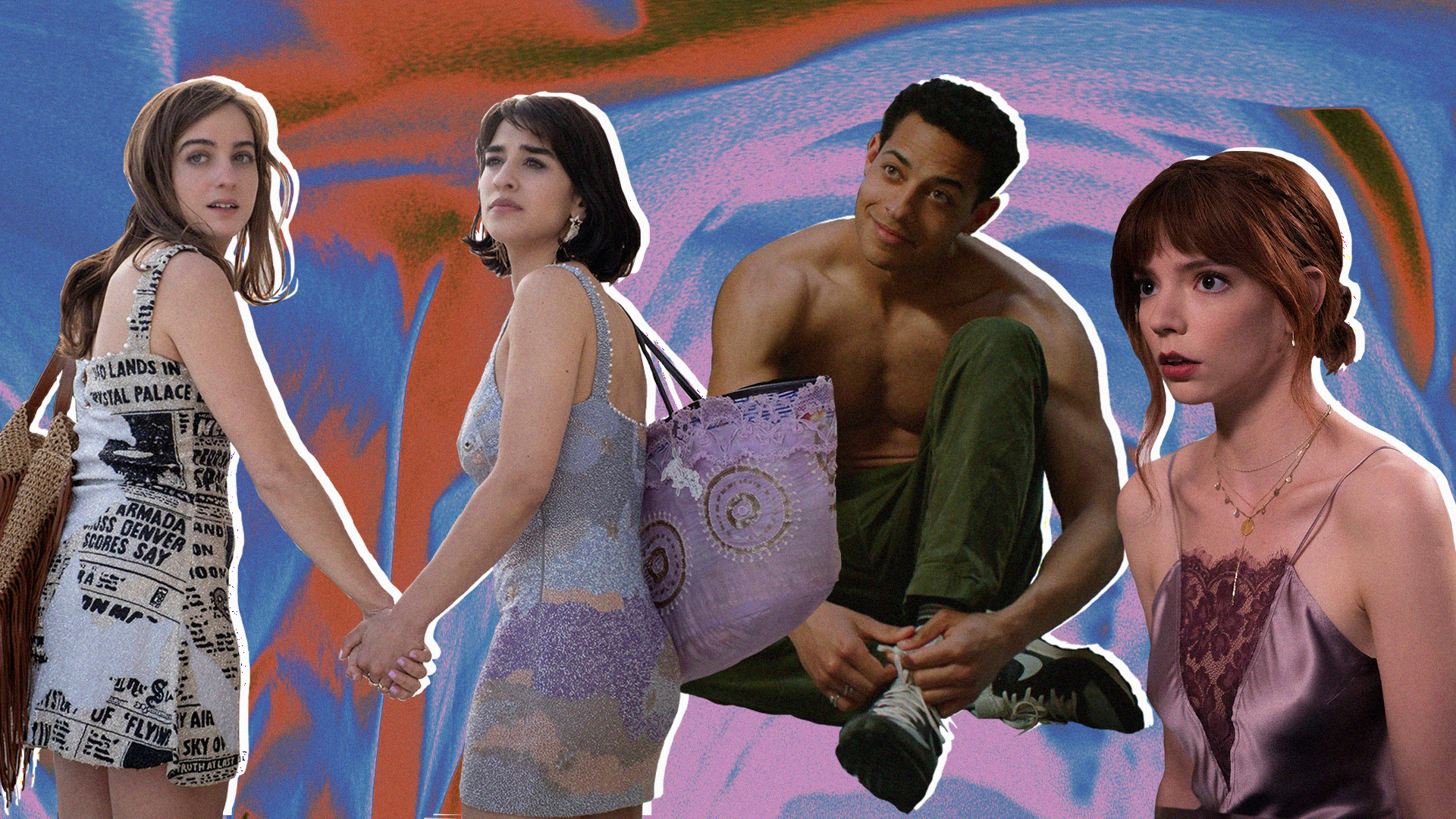Think of any sex worker character in a movie or TV show and they’re probably closely aligned with misery, danger and exploitation; a person in need of saving rather than someone with agency over their own life. Alabama Whitman in Tarantino’s True Romance, for example. Then there are the even less sympathetic representations, in which sex workers are treated as straight-up villains, such as in Charlize Theron’s uncanny performance in Monster as sex worker-turned-serial-killer Aileen Wuornos. Typically though, sex workers are nameless, background-less, and function as nothing more than victims to be killed in a violent manner.
“This has a very long history in the US stemming from the Hays Code starting in the 30s, which prohibited depictions of sex work and ‘aberrant sexuality’,” explains Mahx Capacity, founder and creative director of AORTA Films. “The media knew that sex sold and that they needed to be able to show sexuality to compete with more sexually liberated films being produced overseas, so the workaround was (and still is) that you can show sexuality and sexual autonomy, but only if you punish it.”
Mahx may paint a depressing picture, but it does feel like a shift has begun. A handful of popular films and TV shows have represented sex work as ordinary work, and sex workers as complex characters, not singularly defined by the way they make money. These titles show the positive side of the sex industry for both clients and workers alike. What’s more, sex workers are becoming some of the most beloved characters — no longer the victims, but the heroes of their own stories.
In recent releases like the second season of The White Lotus, and movies like The Menu, Good Luck to You, Leo Grande and Pleasure, sex workers are not only among the most likeable (or, in the case of The White Lotus and The Menu arguably the only likeable) characters, they are not caricatures of “fallen women” or exploited men. They have genuine agency and their choices are front and centre in the narratives.
In The White Lotus, as sex worker Tilly Lawless has pointed out, Lucia is straight-forward about her engagements, rather than using sex to manipulate, inflate egos, or secure a job. In Swedish director Ninja Thyberg’s exploration of the porn industry, Pleasure, a lot of genuine fun and enjoyment is on display; a move away from the traditionally dark exploitative representations of porn onscreen. And in Good Luck to You, Leo Grande, sex worker Leo is a kind of emotional saviour for Nancy, played by Emma Thompson, releasing her from a life of drudgery and sexual repression.
In The Menu, protagonist Margot’s involvement in sex work is mentioned in an off-hand way that does little to change the audience’s perception of her. “You hired her knowing she would die?” Chef Slowik accuses Margot’s client. The fact that Margot is a sex worker isn’t mentioned again, it functions as little more than an explanatory device and a way for Margot to step out of her class and be present in the wealthy and exclusive environment of the restaurant. And, as with Lucia and Mia in The White Lotus, Margot is the only one who escapes unscathed — and with something like a happy ending.
“I’m obsessed with Margot from The Menu”, says Emma*, who is based in Bristol and has been working as a full service sex worker for the past two years to fund her MA in photography. “She’s the most empathetic and emotionally aware character in the movie. And, ultimately, that’s exactly what saves her. Sex workers are really empathetic people. Sometimes I feel like a therapist for my clients. But that’s almost never shown [on screen].”
These representations show a deeper engagement with sex work, and a move away from the othering that happens when we’re looking in from the outside, and which contributes (sometimes deliberately, other times inadvertently) to unhelpful preconceptions: that all sex work is exploitative, that hiring a sex worker is shameful, that sex work is somehow inherently ‘wrong’. “Sex work isn’t inherently exploitative and violent by nature,” Mahx says, “but it’s also not all positive and empowering. It’s work. It has the potential to be fulfilling and exhausting and financially supportive and draining and horizon-expanding and frustrating, just like any other job. Adult industry folks live some of the most fascinating, beautiful, hard-working, complex, interesting lives I’ve ever encountered.”
But when sex workers are only portrayed as victims or villains, this complexity is erased. Sex workers are rarely three-dimensional because they are too often written based on assumptions and stereotypes. They are rarely created with the same level of research that might go into writing a rocket scientist, say, or a marine biologist. But this is slowly changing too. Sophie Hyde, director of Good Luck to You, Leo Grande, has spoken about how she worked closely with sex workers during the film’s writing stage. Pleasure has a broad cast of sex workers and adult performers, and received positive reviews from those inside the industry, who described the film as “absolutely true in the details”.
Mahx says this level of involvement and engagement with sex workers should be standard. “If you’re including depictions of pornography or escorting, or writing characters who are strippers or full-service workers, pay sex workers to be in the room and hire sex workers as part of the creative team. Pay sex workers to talk about their experiences and the realities of their work. Pay sex workers to educate you so you’re not reiterating harmful stereotypes out of ignorance.”
“It’s important, I think, because obviously we still encounter a lot of small mindedness,” Emma adds. “But maybe if more movies, and especially more mainstream movies, start making sex workers into real characters, not just these two-dimensional characters we see all the time, that will sink in for people and change how they think, even a little bit.”


